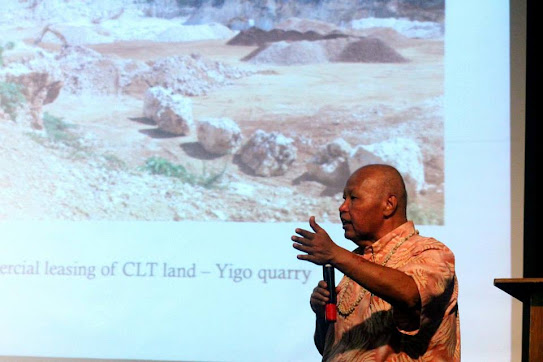Why Can't I Be...Indigenous Without You

I've pasted below a column written by Chamoru writer and filmmaker Dan Ho, that he penned by the Guam Daily post in 2021 to both commemorative and criticize Indigenous Peoples Day in 2021. The title alone gives this away, "It's un-Indigenous to celebrated Indigenous Peoples Day," and it is one reason why even though Dan Ho doesn't contribute much to these types of conversations anymore, at least not in local newspapers or media, this article still circulates this time of year because of the catchy, polemical title. Given how some things have shifted, discursively, narratively, culturally, rhetorically in different societies across the world, to provide more possibility for indigenous peoples, and that the fact that more and more people each year are now ditching Columbus Day in favor of Indigenous Peoples is emblematic of this. This shift, like so many, doesn't mean that indigenous people are sovereign, it doesn't mean that land has been given back, it





